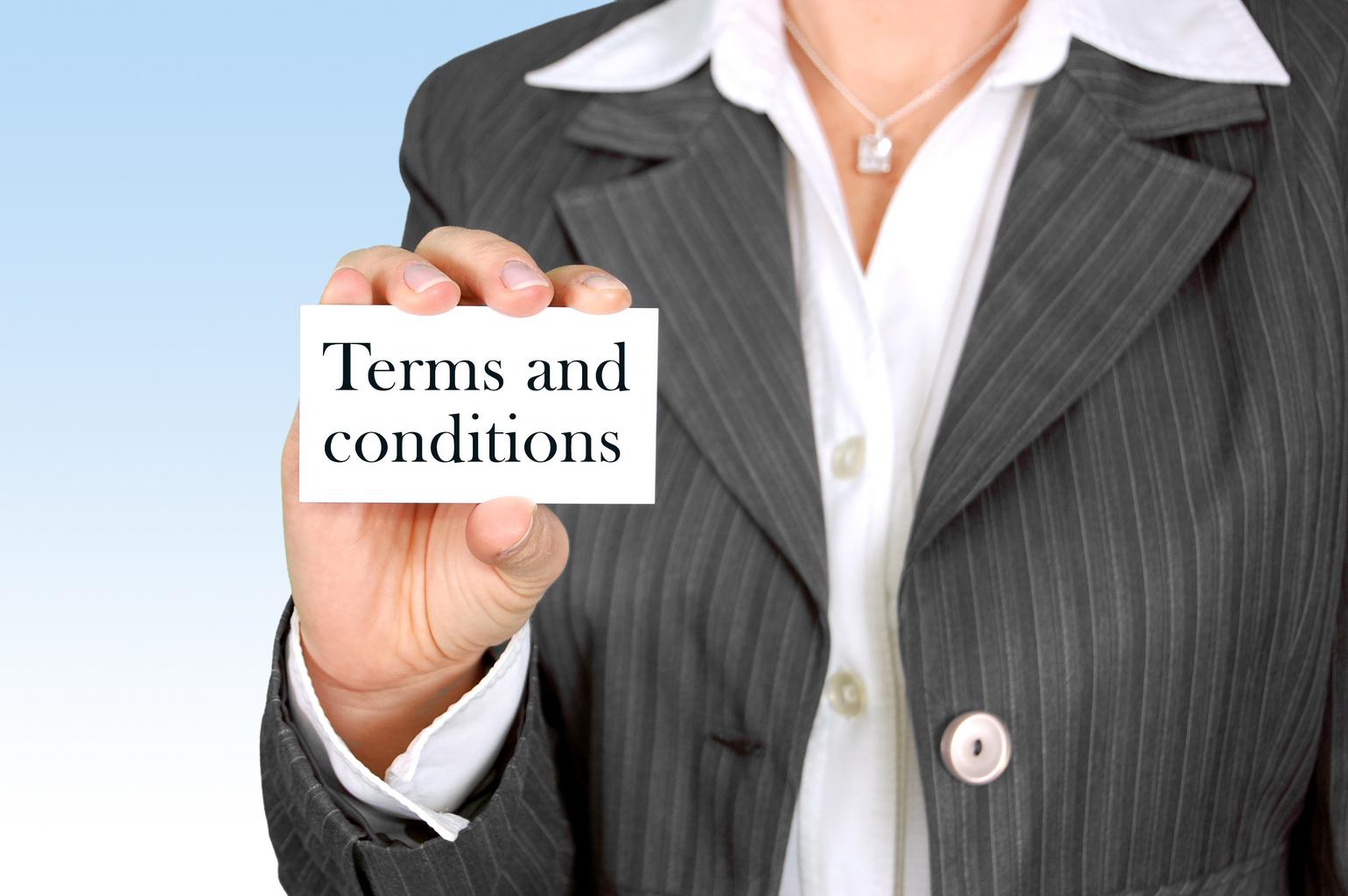The agreement provided:
Defendant Phillips sought to terminate based on Covid -19. The court ,JN CONTEMPORARY ART LLC, Plaintiff,-v- PHILLIPS AUCTIONEERS LLC, Defendant. Case 1:20-cv-04370-DLC, USDC SDNY 12/15/20) agreed:
"The COVID-19 pandemic and the attendant government-imposed restrictions on business operations permitted Phillips to invoke the Termination Provision. The pandemic and the regulations that accompanied it fall squarely under the ambit of Paragraph 12(a)’s force majeure clause. That clause is triggered when the auction “is postponed for circumstances beyond our or your reasonable control.”
Paragraph 12(a) also provides examples of circumstances beyond the parties’ reasonable control. Those circumstances include “without limitation” a “natural disaster.” It cannot be seriously disputed that the COVID-19 pandemic is a natural disaster.7 One need look no further than the common meaning of the words natural disaster. Black’s Law Dictionary defines “natural” as “[b]rought about by nature as opposed to artificial means,” and “disaster” as “[a] calamity; a catastrophic emergency.” Natural, Disaster, Black’s Law Dictionary (11th ed. 2019). The Oxford English Dictionary likewise defines a “natural disaster” as “[a] natural event that causes great damage or loss of life such as a flood, earthquake, or hurricane.”8 By any measure, the COVID-19 pandemic fits those definitions.
Moreover, a pandemic requiring the cessation of normal business activity is the type of “circumstance” beyond the parties’ control that was envisioned by the Termination Provision. The exemplar events listed in Paragraph 12(a) include not only environmental calamities events such as floods or fires, but also widespread social and economic disruptions such as “general strike[s],” “war,” “chemical contamination,” and “terrorist attack.”
The relevant government proclamations buttress this conclusion. Governor Cuomo’s Executive Orders declared a “State disaster emergency.” And, on March 20, the Federal Emergency Management Agency issued a “major disaster declaration” under the Robert T. Stafford Disaster Relief and Emergency Assistance Act, 42 U.S.C. 5121 et seq., due to the COVID-19 outbreak in New York. See FEMA, DR-448-NY, Initial Notice (March 20, 2020), https://www.fema.gov/disaster-federal-register-notice/dr-4480-ny-initial-notice.
FOOTNOTES
7 Although neither the New York Court of Appeals nor the Second Circuit Court of Appeals has yet addressed whether the COVID-19 pandemic should be classified as a natural disaster, the Second Circuit has identified “disease” as an example of a natural disaster. Badgley v. Varelas, 729 F.2d 894, 902 (2d Cir. 1984). Other courts have already determined that the COVID-19 pandemic qualifies as a natural disaster, as that term is defined by statute. See, e.g., Pennsylvania Democratic Party v. Boockvar, 238 A.3d 345, 370 (Pa. 2020) (“We have no hesitation in concluding that the ongoing COVID-19 pandemic equates to a natural disaster.”); Friends of Danny DeVito v. Wolf, 227 A.3d 872, 889 (Pa. 2020).
8 “[I]t is common practice for the courts of [New York] State to refer to the dictionary to determine the plain and ordinary meaning of words to a contract.” 10 Ellicott Square Court Corp. v. Mountain Valley Indem. Co., 634 F.3d 112, 119 (2d Cir. 2011) (citation omitted). "








No comments:
Post a Comment
Note: Only a member of this blog may post a comment.